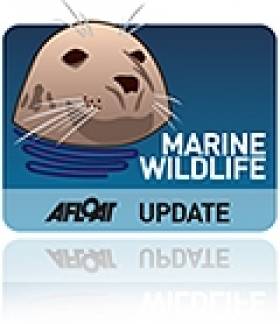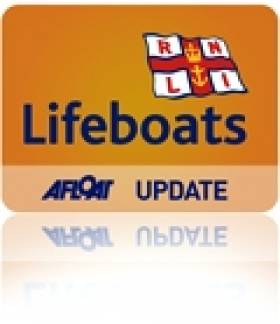Displaying items by tag: Antrim
Antrim's Red Bay is Marine Protection Area
The area was chosen because it contains rare species that are in danger of becoming extinct.
The new marine protection area restricts human activity to protect living, non-living, cultural, and/or historic resources.
Protections in various areas range from limits on development, fishing gear types, fishing seasons, catch limits, moorings, to complete bans on removing marine life of any kind.
It is understood Red Bay is a nursery ground for many commercial fish species.
County Antrim's Red Bay Lifeboat crew launched this evening (Saturday 7 August 2010) to rescue a brother and sister who had got into difficulty in the Boulder Field on Fair Head rocks on the North Antrim Coast. This is the first callout for Red Bay's new Atlantic 85 lifeboat Geoffrey Charles.
The call for help was received at 18.25 this evening when the siblings went walking in the Boulder field and got into difficulty. The Red Bay lifeboat was launched and in a heavy swell manoeuvred close to the rocks. One of the volunteer lifeboat crew then swam from the lifeboat onto the rocks with another crewmember's drysuit and a lifejacket. He then assisted the casualties one at a time using a rope.
Under difficult conditions the two casualties were recovered onto the lifeboat and landed at Ballycastle. No further medical attention was needed. Commenting on the rescue Red Bay RNLI helm Paddy McLaughlin said, " Although people like to walk in this scenic area of North Antrim it can be a very dangerous spot. This was a successful first callout for our new lifeboat and the two people are recovering well from their ordeal."
The new lifeboat was only put on station less than a fortnight ago. It has a number of improvements on its predecessor including a faster top speed of 35 knots; radar; provision for a fourth crew member and more space for survivors. It can operate safely in daylight in up to force 7 conditions and at night in up to force 6, it is also capable of being beached in an emergency.
Related Safety posts
RNLI Lifeboats in Ireland
Safety News
Rescue News from RNLI Lifeboats in Ireland
Coast Guard News from Ireland
Water Safety News from Ireland
Marine Casualty Investigation Board News
Marine Warnings






























































